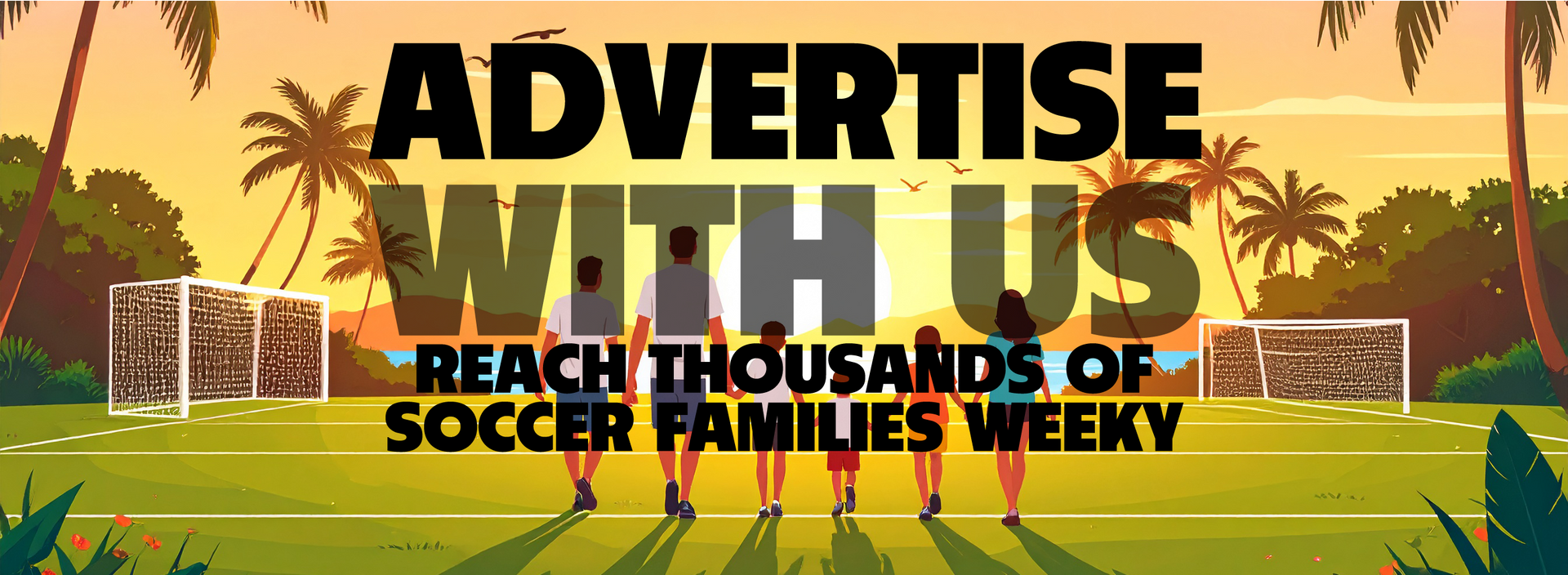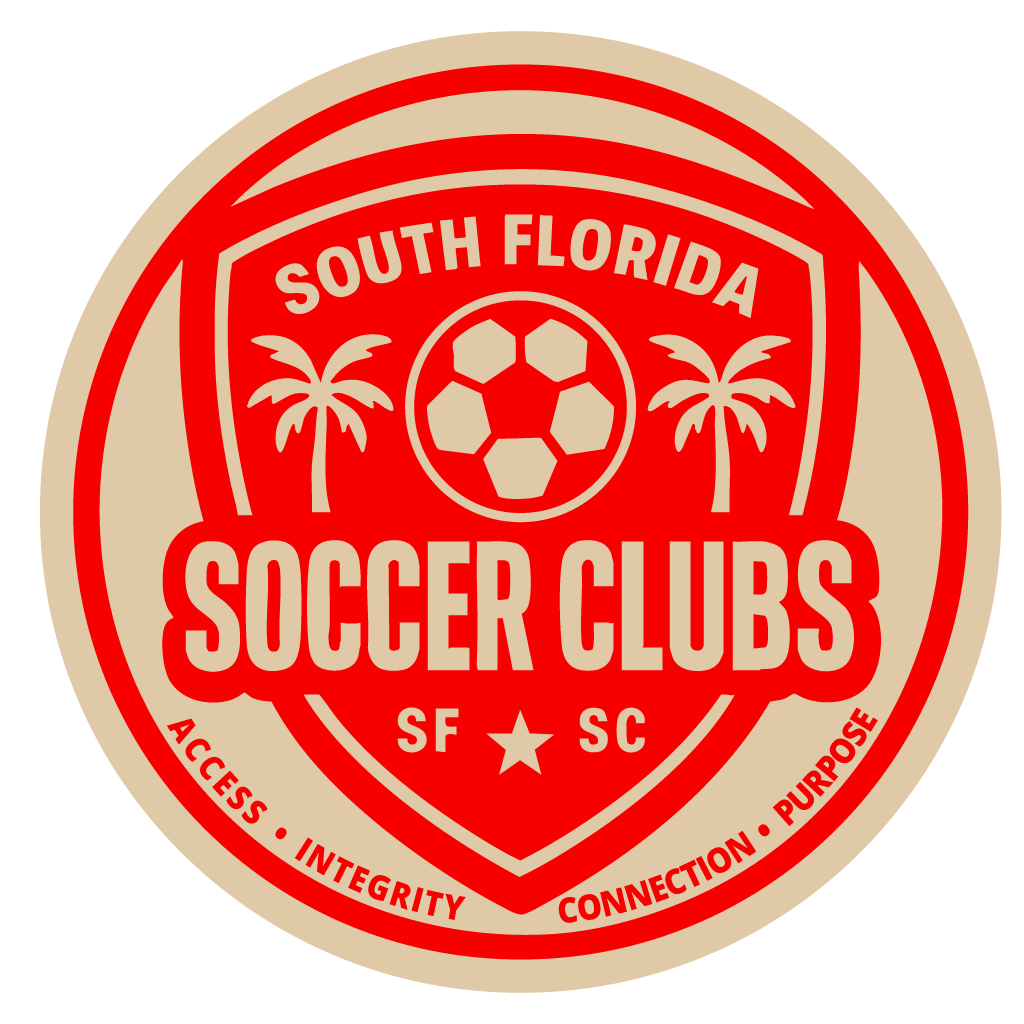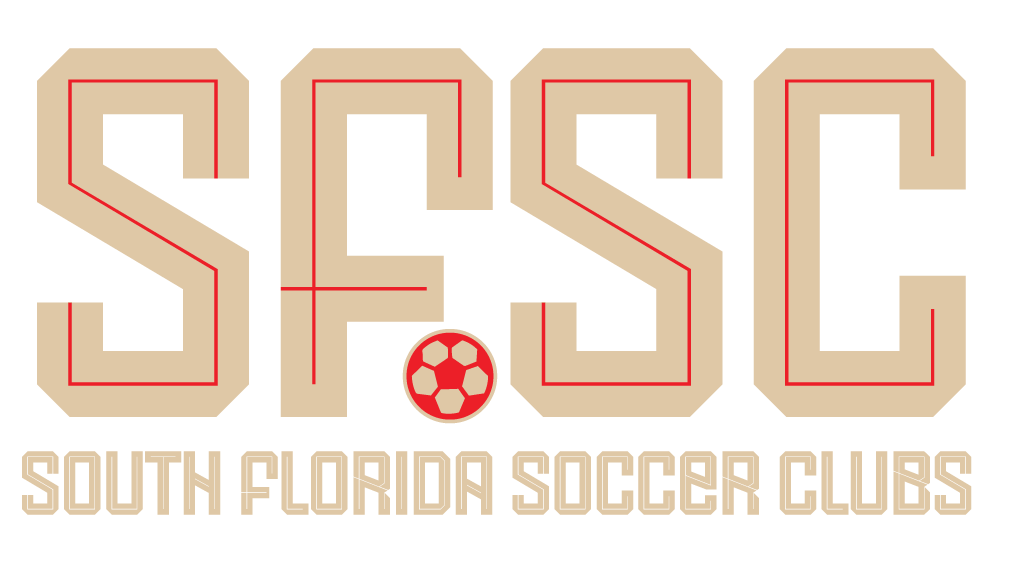Why Are 16- to 18-Year-Olds Playing Pro in Europe—and What Does It Mean for You?
In recent years, more 16- to 18-year-old players have been breaking into first teams in top European leagues and even Major League Soccer (MLS). Names like Jude Bellingham, Gavi, Lamine Yamal, and Ricardo Pepi highlight this trend. If you're a parent or a young player wondering why some teens are going pro so early—and why it might not be happening for your child—this section explains the “how” and “why” behind early professional success.
1. Why Are Teens Playing Pro Earlier?
- European academies (Barcelona, Dortmund, Ajax) are integrated with pro teams, so players train and compete at high levels from age 12+.
- The physical development of young athletes has improved—nutrition, sports science, and performance tracking help identify and accelerate elite talent earlier.
- Clubs are financially incentivized to develop young talent instead of buying expensive players.
- FIFA allows international transfers at age 16 within the EU and age 18 globally, creating urgency to debut talent before losing them to foreign teams.
3. Why Isn’t Every Talented Kid on That Path?
**Not every path is linear**: Some players peak at 14, others at 19. Late bloomers can still reach top levels through college or international routes.
- **Academy access**: Many U.S. players aren't in pro academies like Inter Miami, Orlando City, or Weston FC, which are scouting year-round.
- **Mindset & training consistency**: Talent alone isn’t enough. What separates the elite is daily discipline, intentional training, and elite exposure.
- **Competition levels**: European youth teams often play 30+ highly competitive matches annually. Many U.S. players compete far less due to travel and scheduling.
5. Final Thoughts
Every player’s path is different. What’s important is steady development, the right guidance, and exposure to the right environments. South Florida is one of the most talent-rich areas in the U.S.—but turning potential into a professional career takes more than just skill. It takes consistency, character, and opportunity.
2. How Is It Happening in the U.S. Too?
- MLS NEXT Pro and other initiatives bridge youth academies and professional teams.
- Clubs like Philadelphia Union, FC Dallas, and Inter Miami are developing players who debut at 16 or 17.
- Homegrown Player contracts make it easier for MLS clubs to promote academy players directly to the first team.
4. What Can Parents and Players Do in South Florida?
- **Understand the system**: Know the difference between MLS NEXT, ECNL, UPSL, and other leagues.
- **Seek competitive environments**: Join clubs that play top-tier competition and have a history of moving players to college or pro levels.
- **Be realistic and honest**: Every player is on a unique timeline. The key is improvement and visibility, not rushing to “go pro.”
- **College soccer is still a valid path**: Many top pros in the U.S. came through college or later-stage development.
- **Focus on controllables**: Attitude, work ethic, off-field habits, and exposure at showcases can all make the difference.



